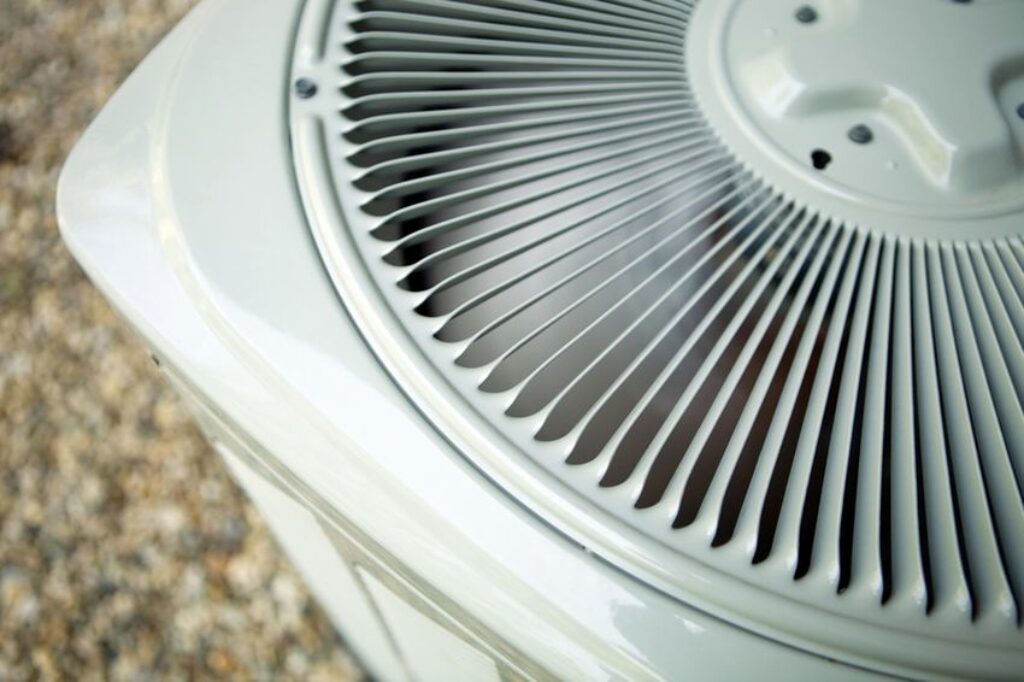
Are you noticing your air conditioner turning on and off frequently, leaving your home not quite as comfortable as it should be? If so, your HVAC system may be experiencing short cycling, a common issue that can lead to increased energy consumption, reduced comfort, and higher repair costs.
By understanding HVAC short cycling, homeowners like you can take steps to prevent this problem from occurring in the first place or troubleshoot it if needed. In this article, we’ll explore the definition and causes of short cycling, its negative effects on your heating and cooling systems, and ways to prevent this issue.
If you’re already experiencing issues with your HVAC system short cycling though, check out this site for professional technicians who can help.
Table of Contents
What is short cycling?

Source: youtube.com
Short cycling is a common issue that occurs in HVAC systems, where the cooling or heating cycle ends prematurely. This disrupts the system’s ability to maintain a consistent temperature within your home, causing frequent starts and stops.
A practical example of short cycling can be observed on hot days when your air conditioner turns on to cool your living space, but shuts off only after a few minutes.
As a result, it repeatedly cycles on and off throughout the day without effectively cooling down your home.
Common causes of short cycling
Short cycling is a common issue with HVAC systems, and it can be caused by several factors. One of the most common causes of short cycling is an oversized or undersized AC system.
An oversized system cools the home too quickly, causing it to shut off before completing a full cooling cycle.
Another cause of short cycling is electrical problems, such as faulty wiring or damaged components in the control board. Low refrigerant levels due to leaks in the refrigeration system or frozen evaporator coils can also trigger short cycles.
Negative effects of short cycling

Source: pinterest.com
Short cycling can have several negative effects on your HVAC system. Here are some of them.
Increased energy consumption
If your HVAC system is short cycling, it can cause increased energy consumption in your home. This is because the system has to work harder and more frequently to maintain a comfortable temperature.
Furthermore, when an HVAC system continuously cycles on and off, it does not efficiently cool or heat your home. You may end up feeling hot or cold because of uneven temperatures throughout the house, prompting you to lower or raise the thermostat setting, further exacerbating the problem.
All these issues culminate in wasted energy that drives up costs and causes damage to the equipment’s vital components over time.
Reduced comfort
Short cycling can significantly impact the overall comfort of your home. When an HVAC system is short cycling, it is not able to run long enough to properly regulate the temperature in your home.
This means that even if you set your thermostat to a desired temperature, you may still experience hot or cold spots throughout the house.
Furthermore, if left unaddressed, short cycling can lead to more serious issues, such as compressor failure, which will result in costly repairs and further reduce your comfort levels.
Increased wear and tear on the HVAC system
Short cycling can cause a lot of wear and tear on your HVAC system. When your air conditioner or heat pump turns on and off frequently, it puts extra stress on the compressor, fan motor, and other components. These problems can also contribute to damage in the long run if not addressed promptly.
How to prevent HVAC short cycling

Source: youtube.com
To prevent short cycling, here are some things you can do.
Regular maintenance
Regular maintenance is crucial in preventing HVAC short cycling. It involves scheduling appointments with a professional technician to inspect and clean both the heating and cooling systems, including the compressor, fan motors, electrical connections, refrigerant levels, evaporator coils, and ductwork.
Homeowners should aim for at least one annual maintenance checkup on their HVAC systems. During these checkups, technicians can catch potential issues before they become major problems that lead to costly repairs or even replacements down the line.
In addition to this scheduled annual maintenance, homeowners should regularly change their air filters, as well as keep any outdoor units free of debris like leaves or branches that could interfere with proper airflow.
Proper sizing and installation
One major reason for HVAC short cycling is improper sizing and installation. If your air conditioner or heat pump system is too small or large for the space it is meant to cool, it will likely turn on and off frequently as it struggles to maintain a comfortable temperature.
To prevent this issue, it’s important to have a professional properly size your HVAC system based on the size of your home, level of insulation, number of windows/doors, and other factors.
Additionally, proper installation ensures that all electrical connections are secure and there are no refrigerant leaks that could impact performance.
Conclusion

Source: bobvila.com
In conclusion, understanding HVAC short cycling is crucial for homeowners in the US to ensure optimal performance and efficiency of their heating and cooling systems. Short cycling can be caused by a variety of factors, such as electrical connections, refrigerant issues, or improper sizing and installation.
It can lead to increased energy consumption, reduced comfort levels, and added wear and tear on your HVAC system. However, regular maintenance and proper sizing and installation, as well as other things like using smart thermostats and upgrading your system, can prevent short cycling from occurring.







